Lead in Water: American Water Maps 1.2 Million Service Lines in 11 States
This tool will help millions of customers, homeowners, and potential buyers and renters. However, it is one pixel in a much larger picture of lead in homes.
This tool will help millions of customers, homeowners, and potential buyers and renters. However, it is one pixel in a much larger picture of lead in homes.
Predictive modeling provides estimate of LSLs for each utility and can be a platform to provide information on each home.
Indy’s website takes lead hazard transparency to a new level by leveraging AI.
These changes can serve as a model to federal OSHA and other states.
New York State’s rental registry will have a great impact—after it is implemented.
Our research shows low compliance with lead certificates, but the sate’s rental registry could help.
Momentum is building to replace the estimated 9 million lead service lines that still bring water to properties nationwide. To achieve the goal, we need to engage landlords and renters in the process.
EPA’s lead-safe work practices should be the norm. Unfortunately, they are not.
Two cities have databases to capture consumer products containing lead. Their efforts create an obligation to translate their actions into international, national, state, local and corporate policies that will protect all children.
